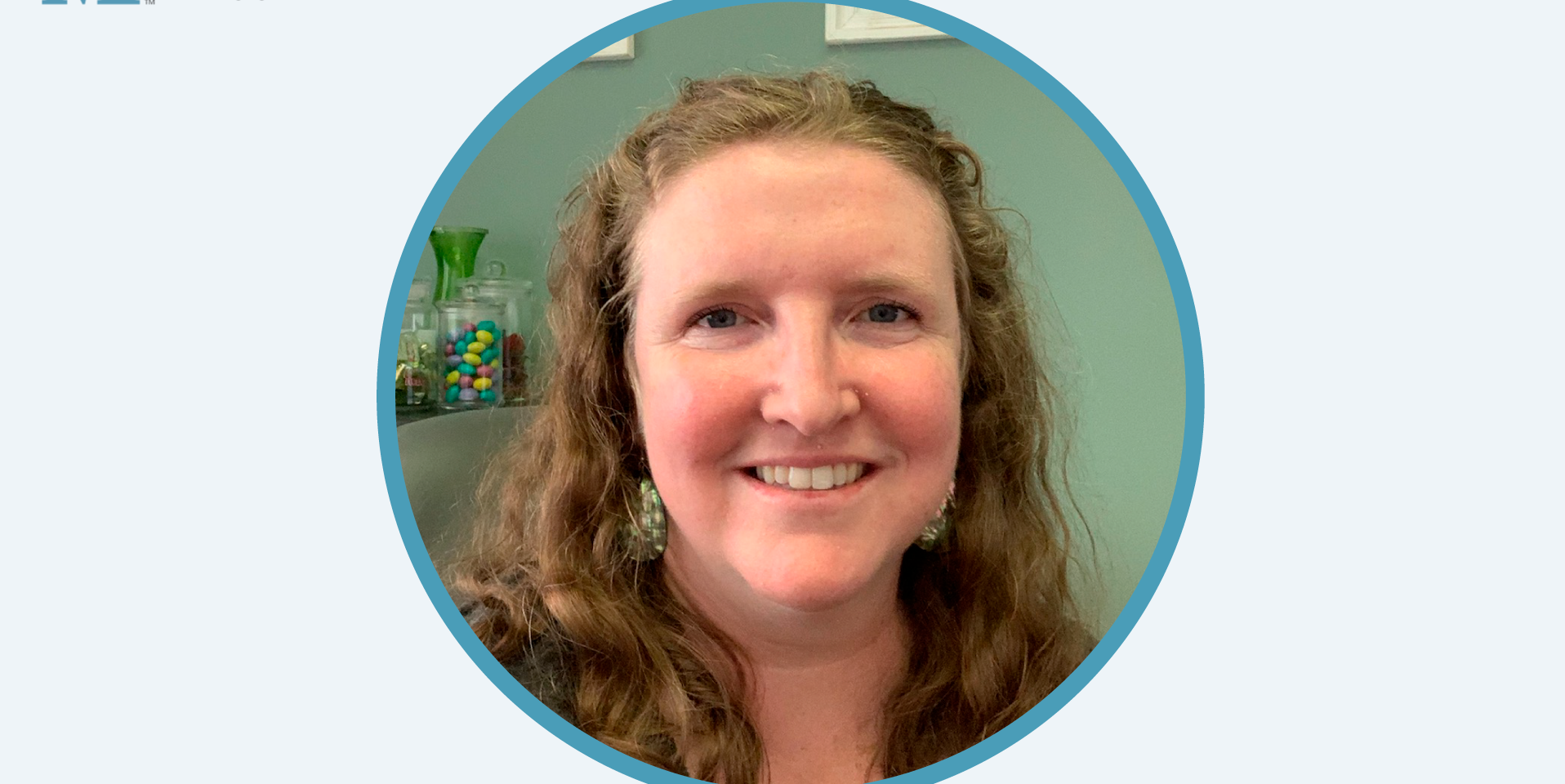Profile Interview of Kelli Strickland, Director of Aftercare
How long have you been with Mary’s Path?
I’ve been here 11 years. I started working at Mary’s Path in 2011, working overnights on the floor in the houses while I was getting my master’s in social work. After I graduated, I joined the team as a social worker and then was the lead social worker. About a year ago, when we got our therapy program going, I started working as the interim head of service with the goal of becoming the Director of our Aftercare Program, which is what I’m doing now.
And it’s a natural fit for me because in the previous 10 years I’ve worked here, I’ve always loved touching base with former residents and being a support system when needed for the girls, especially those who don’t have a strong support system outside of the team at Mary’s Path.
It’s a big shift going from being in a congregate care setting where you have access to 24/7 support and someone to talk to all the time to a partnership, an extended family member’s home, or renting a room somewhere.
Can you tell us about the Aftercare Program?
It was started under STRTP (Short-Term Residential Therapeutic Program in California), a new model replacing “group homes.” Programs were given the option to convert into a short-term residential treatment program. Each county is modeling it slightly differently.
And that’s when a big shift happened, where intensive onsite mental healthcare services needed to be provided.
How important is this to the girls?
One of the biggest things former residents tell us is that it feels kind of lonely going from a bustling, busy program to something so quiet—quieter than they’re used to.
Having someone to go to when they feel like they’re going through something hard is important. I’m glad [the state is] acknowledging and supporting the fact that these kids need more support, not less, when they leave congregant care.
We’ve seen that the program reduces some stress for the girls who are moving out and getting ready to transition. We’ve always had a tradition when they move out—we follow them with all their stuff and wave and celebrate their move to the next chapter of their lives.
But there’s always been a fair amount of fear for them. So, it is really nice to be able to wave and say, “I’ll see you next week.”
How does this work? What services are provided?
In Aftercare, we provide ongoing mental health services if that’s what they need. It’s tailored to each girl’s situation and how they transition. The girls have different options when they’re between 18 and 21. They can live in transitional housing apartments or the supervised Independent Living Program option.
We help them transition to get their life back to where they’re planning to be. We make sure they’re connected to a primary care doctor or practice for job interviews. We accompany them to appointments or meetings.
How long do they get to participate in Aftercare?
Formally, up to a year. Beyond that, it becomes informal aftercare. But I’ve always done that. I still maintain contact with someone who left Mary’s Path eight years ago.
There are former residents who don’t have a stable family, so we’re there to celebrate when they get their first job, get accepted to a new program, or get sober for the first time.
It can be easier for some girls to feel good about their time at Mary’s Path after leaving because living in a group home is hard. But in hindsight, they realize how much they were cared about.
When they’re in Aftercare, sometimes they want even more attachment. And they can see we’re not going anywhere. We don’t disappear on them.
Do you have a team?
So far, it’s just been me, but we’re building a team, which is really exciting. So the goal will be for me to supervise the Aftercare team, not be the one providing help.
How helpful are the donations?
The state [funds] allow us to provide aftercare. But when a girl needs a microwave, bus pass, or car seat, for example. There’s a family that has designated their monthly donations to go to the center. We’ve used those funds for things like calendars so the girls can track their schedules or for move-in expenses, like a hammer, pots and pans, or diapers.
The program sounds like it’s been a success—helping the girls feel more secure and confident about leaving.
I’m glad the girls are open to it. And, so far, we haven’t had any girls leave our program. The girls have done an excellent job at participating consistently. And it’s really fun. We recently got invited to one of the girl’s kid’s 2nd birthday party. It’s nice to be part of their lives outside of Mary’s Path.


